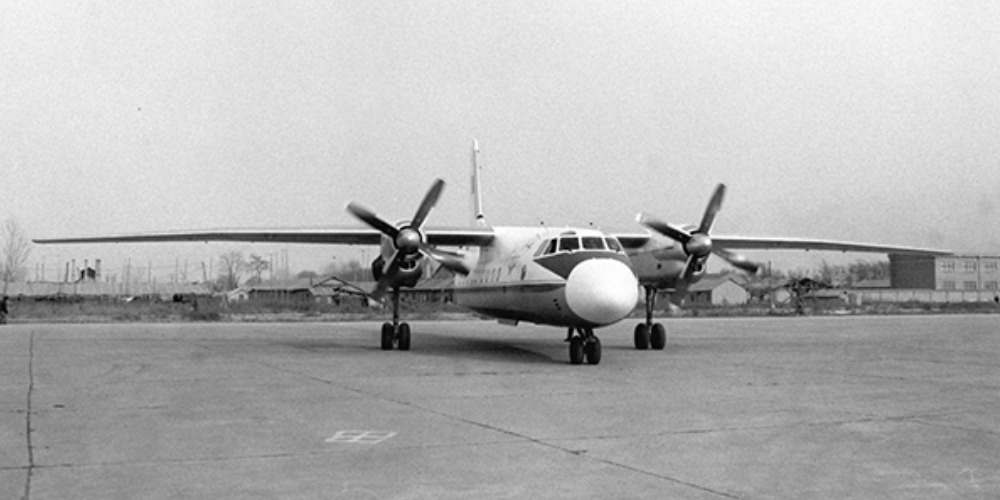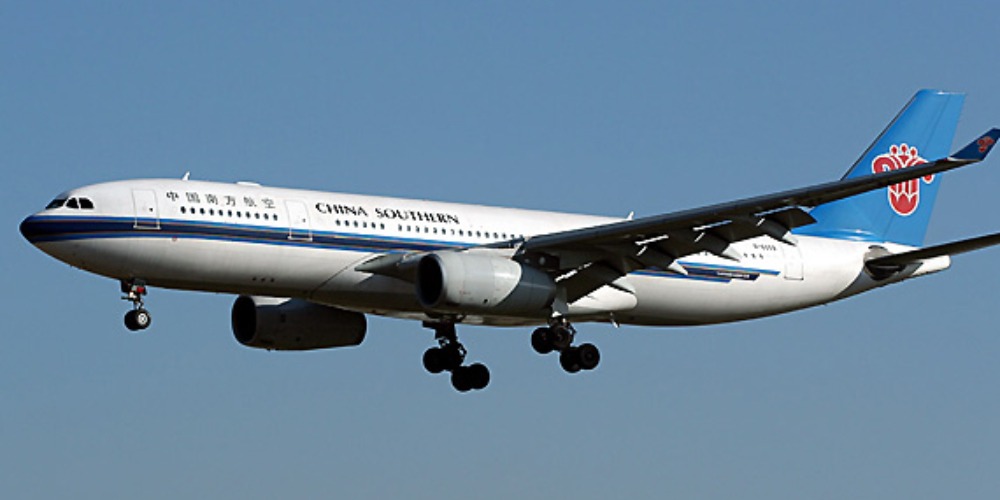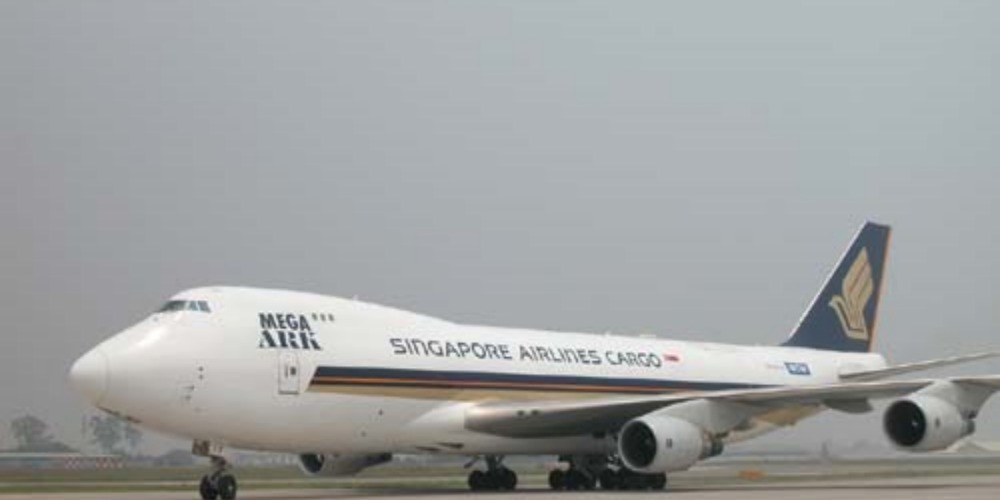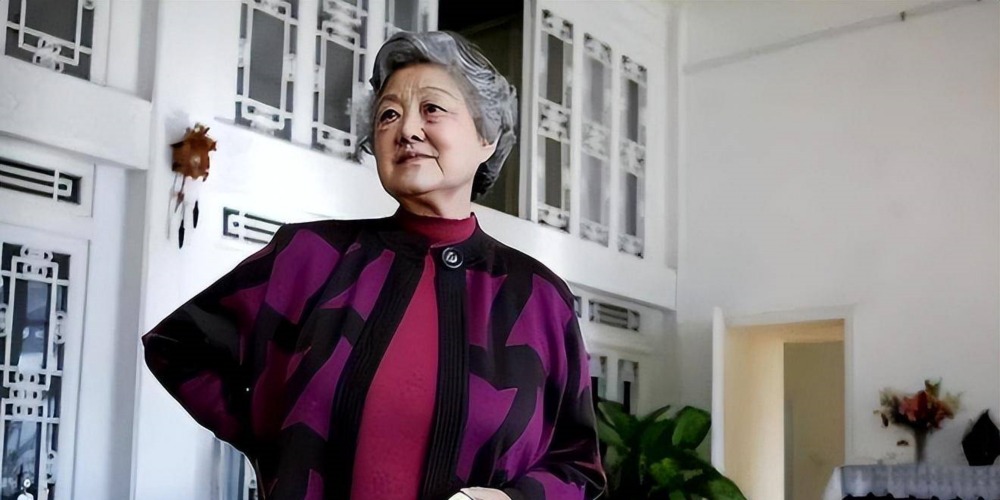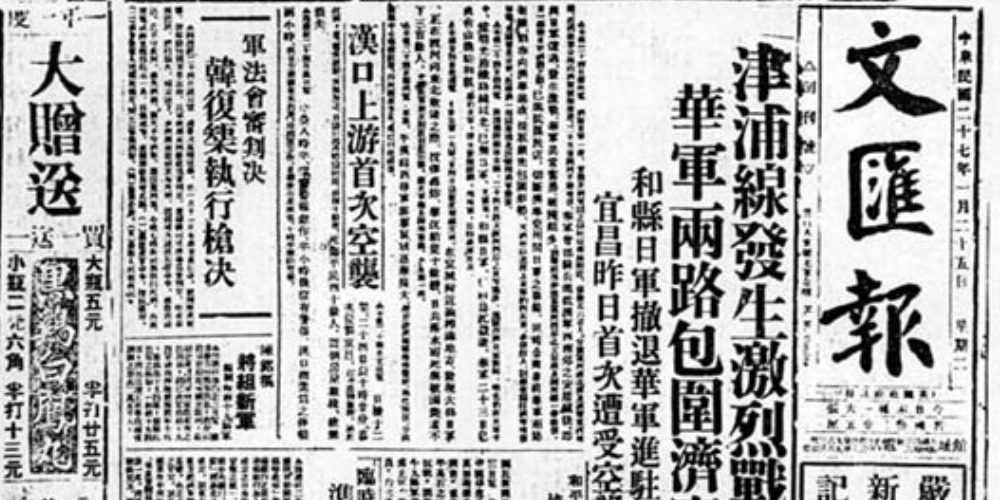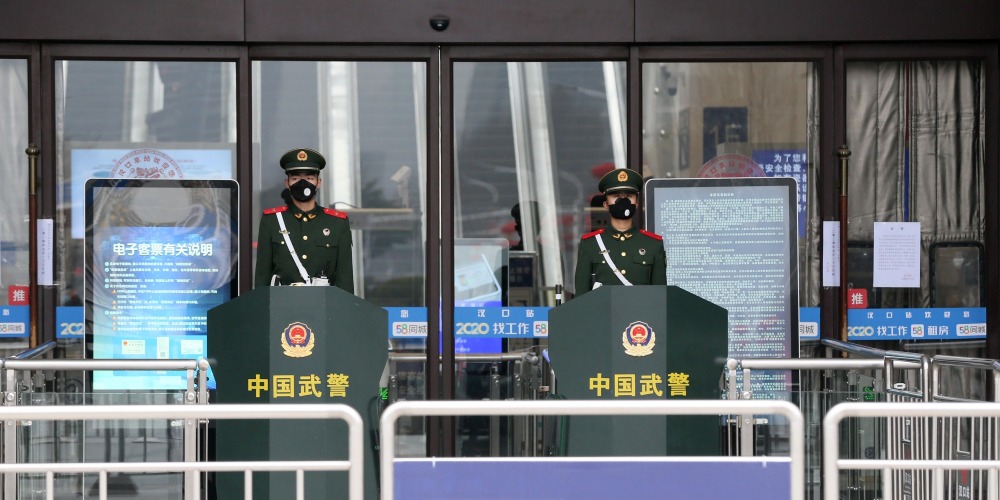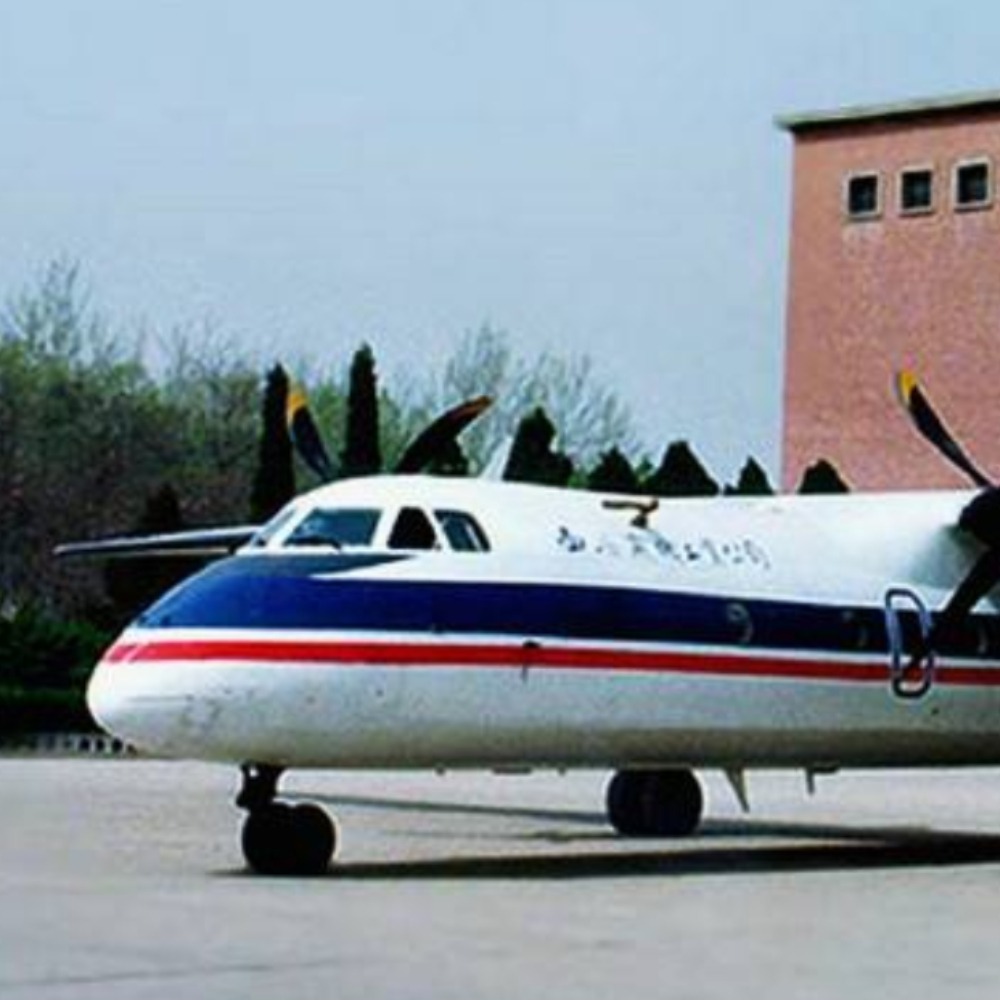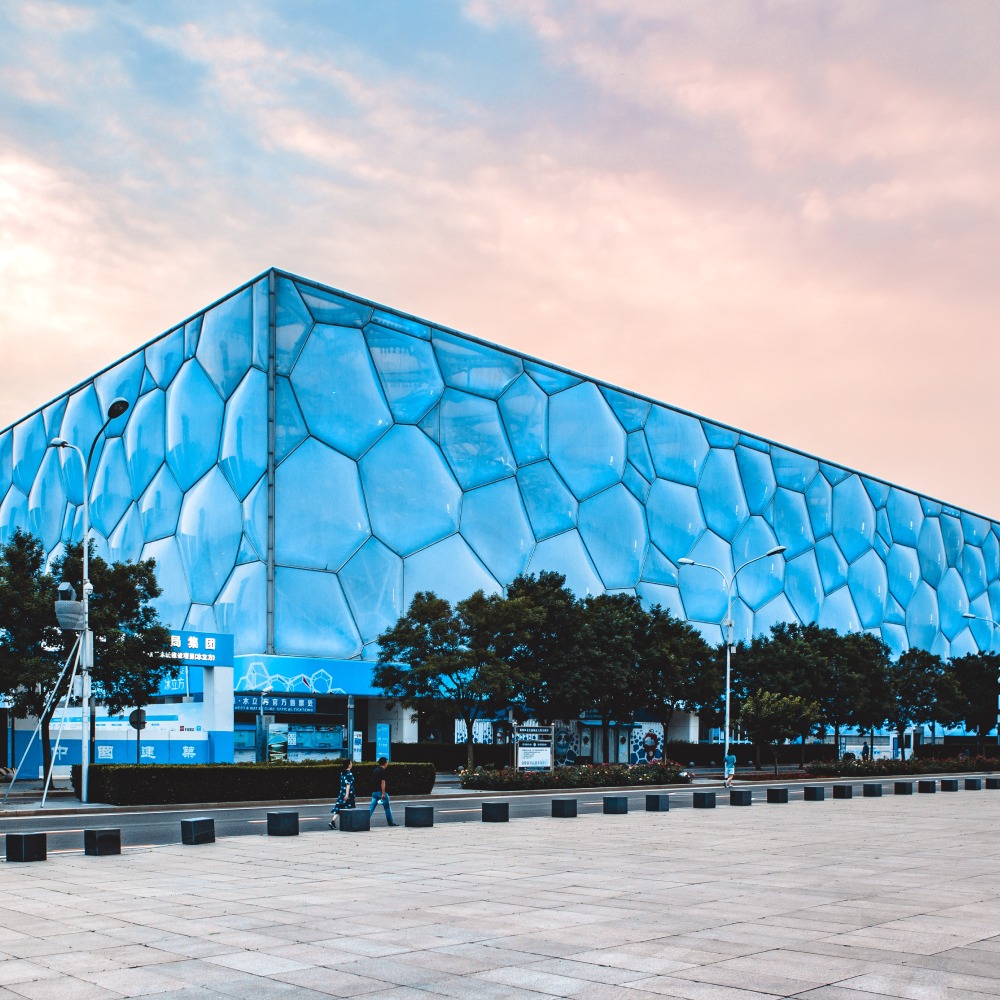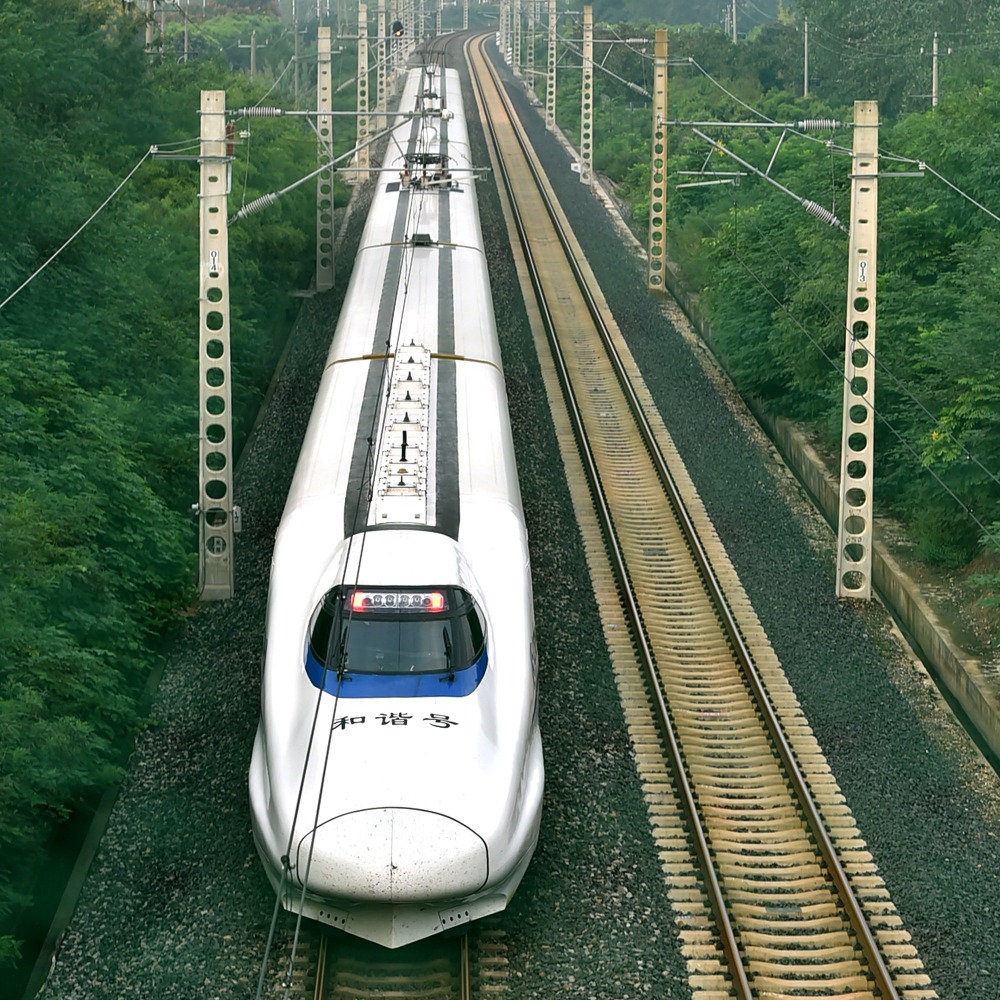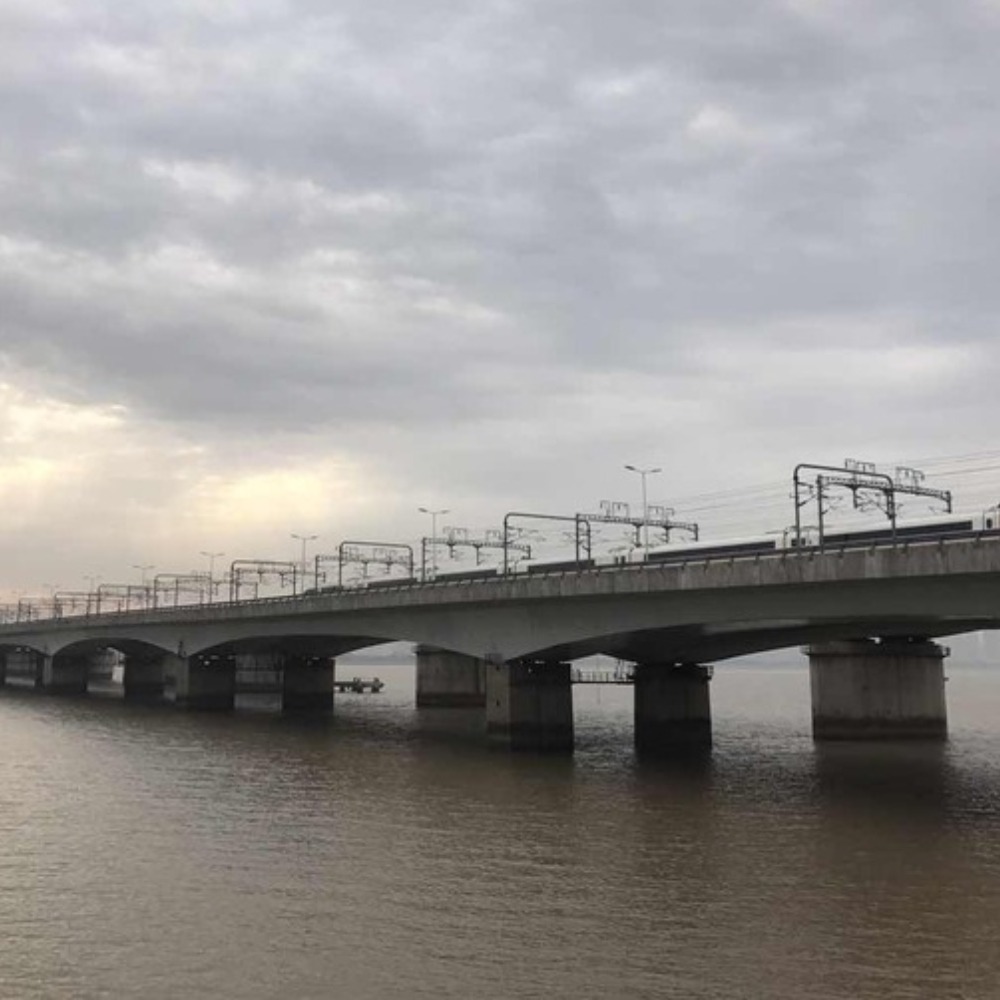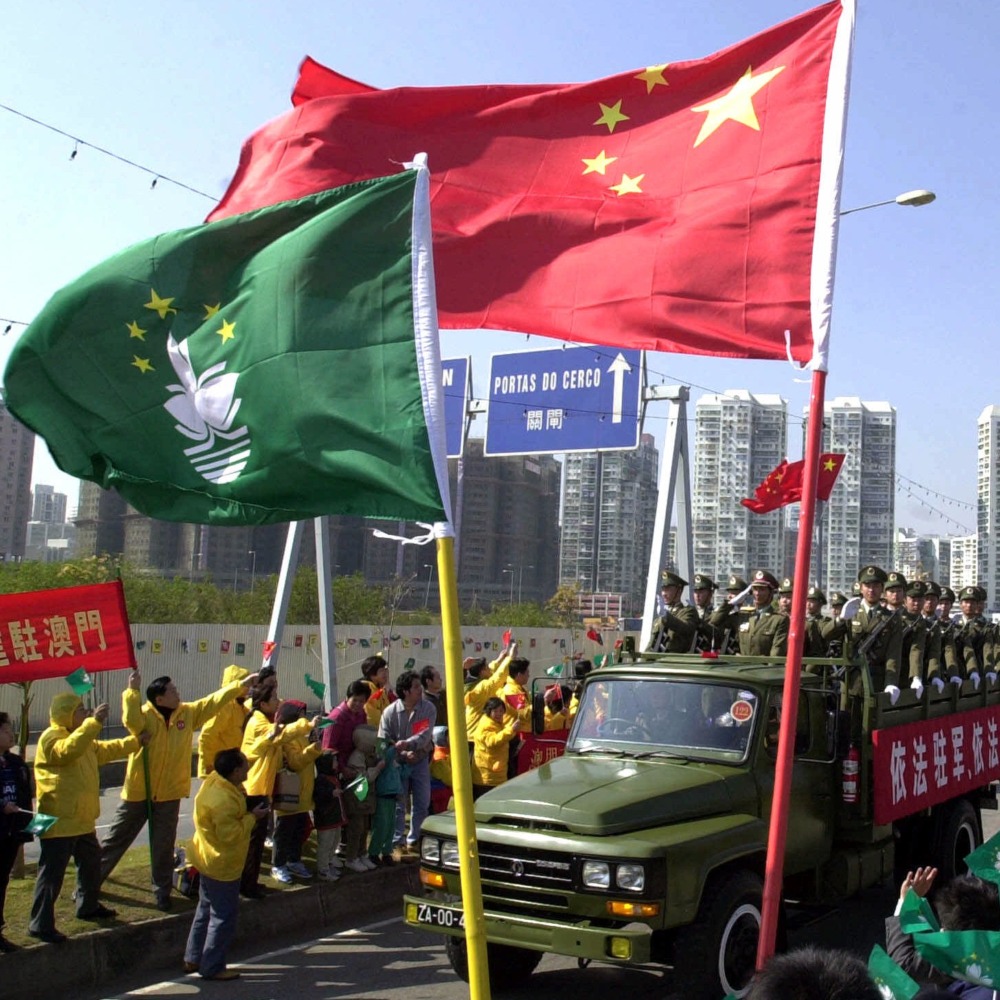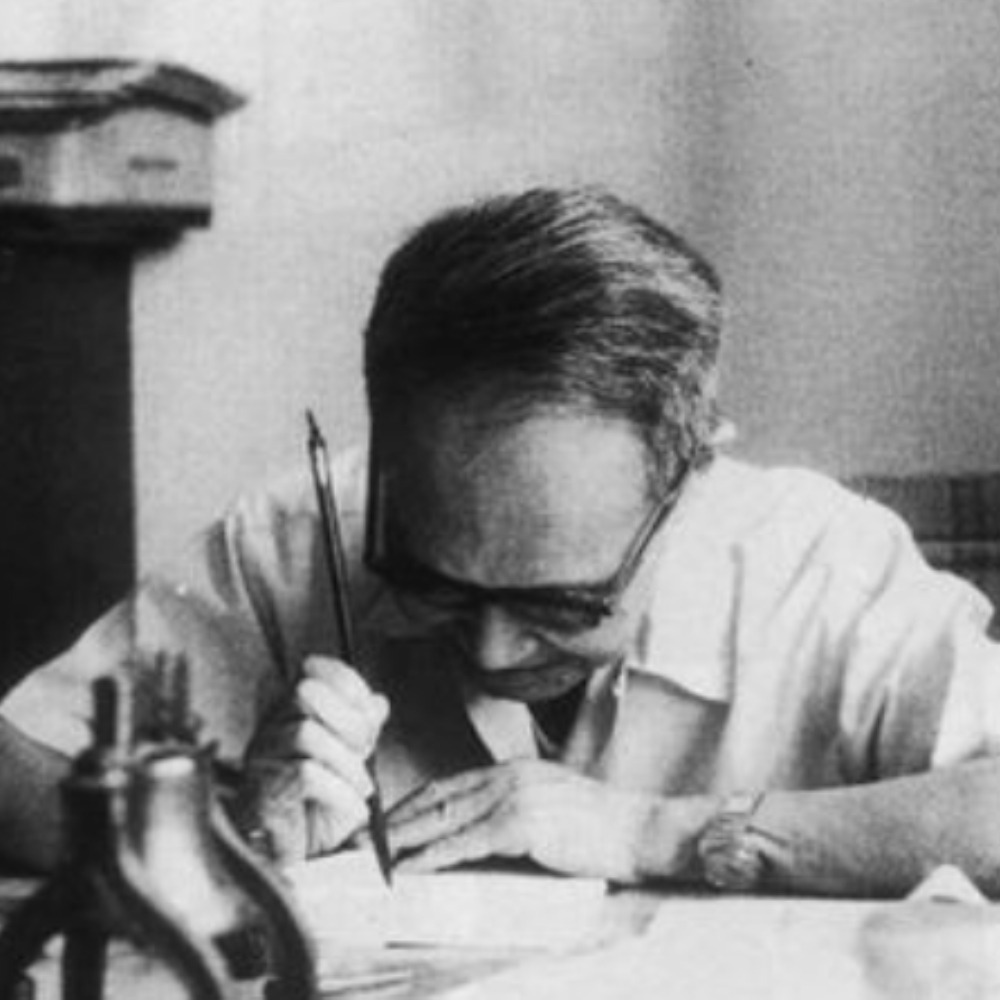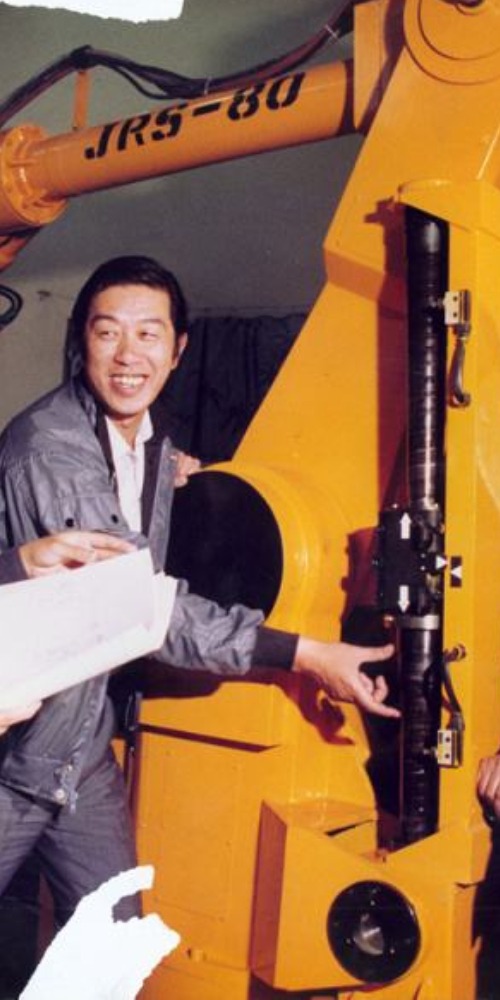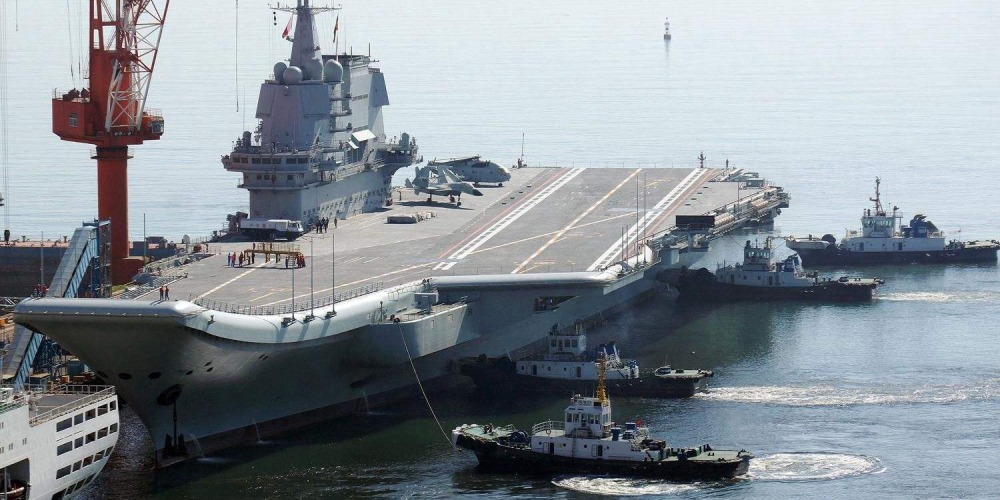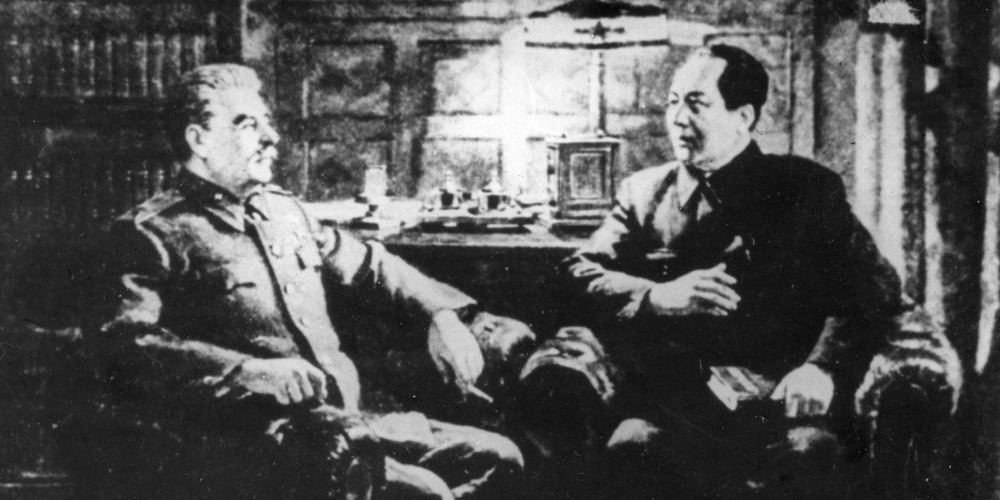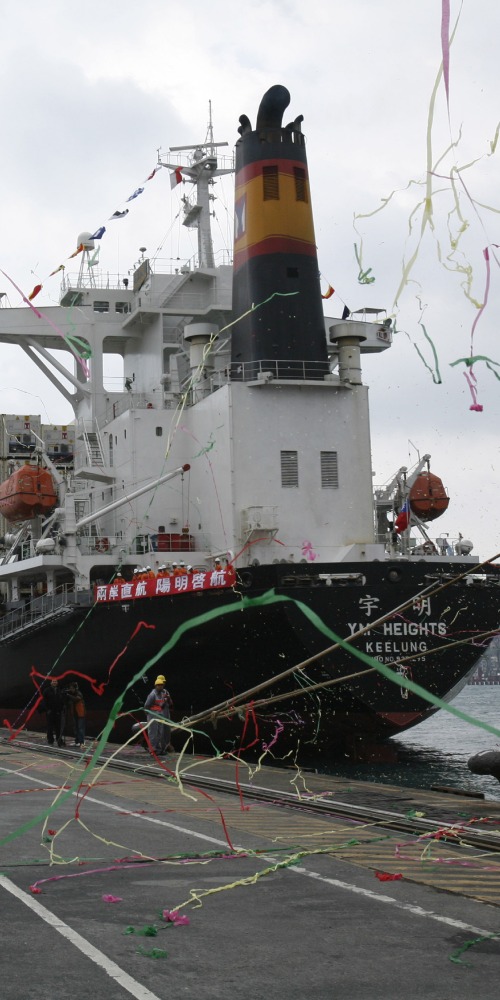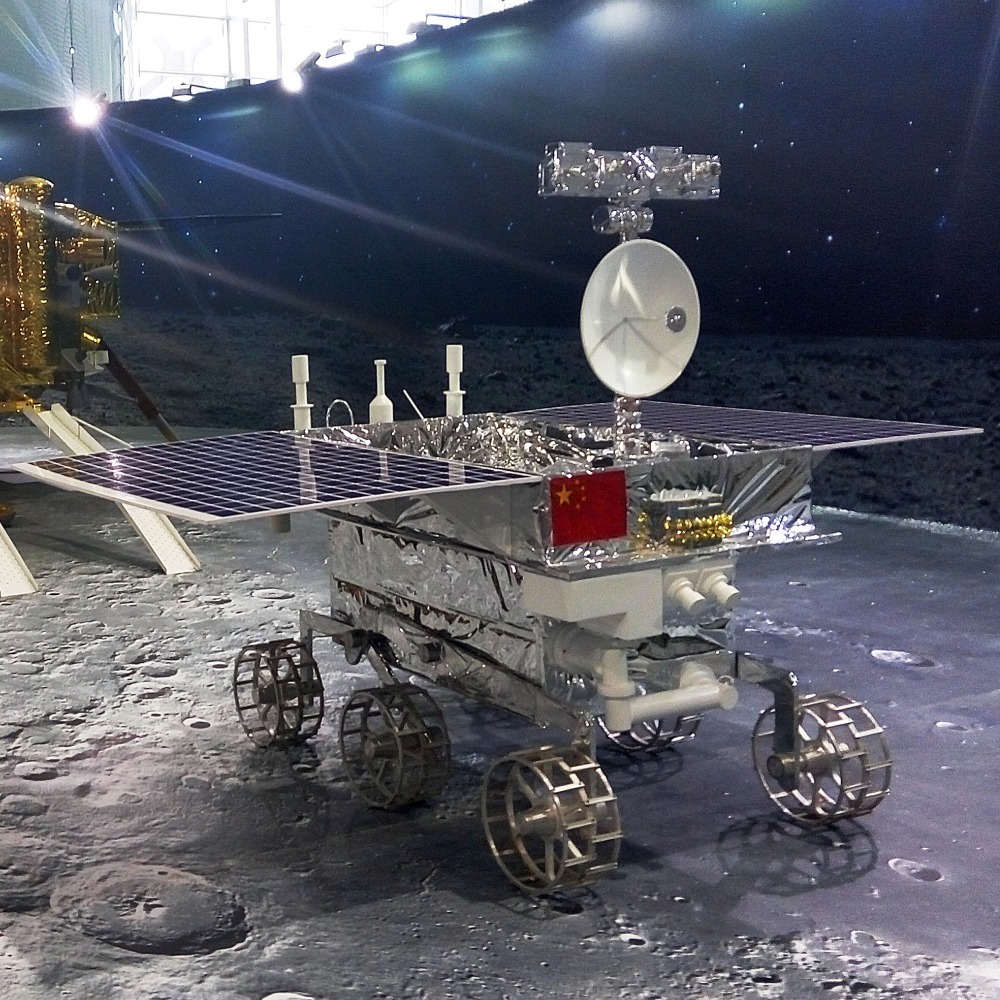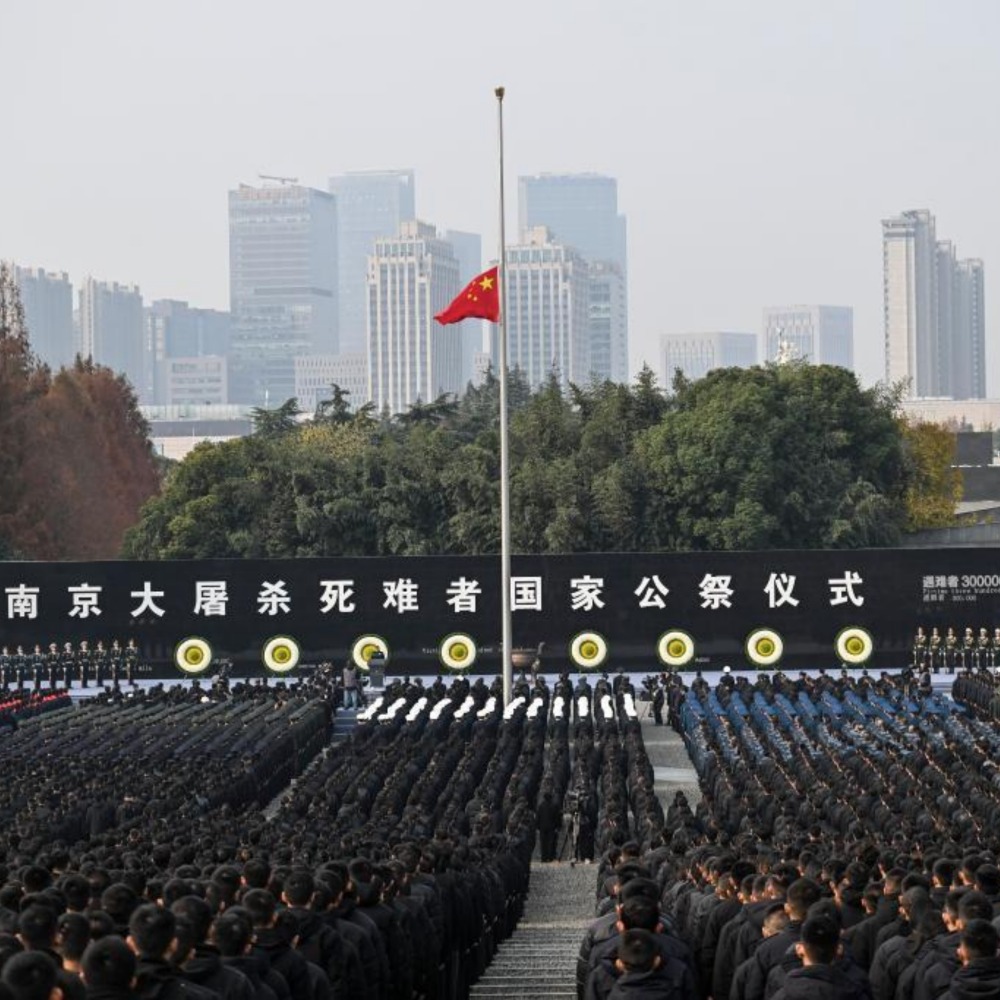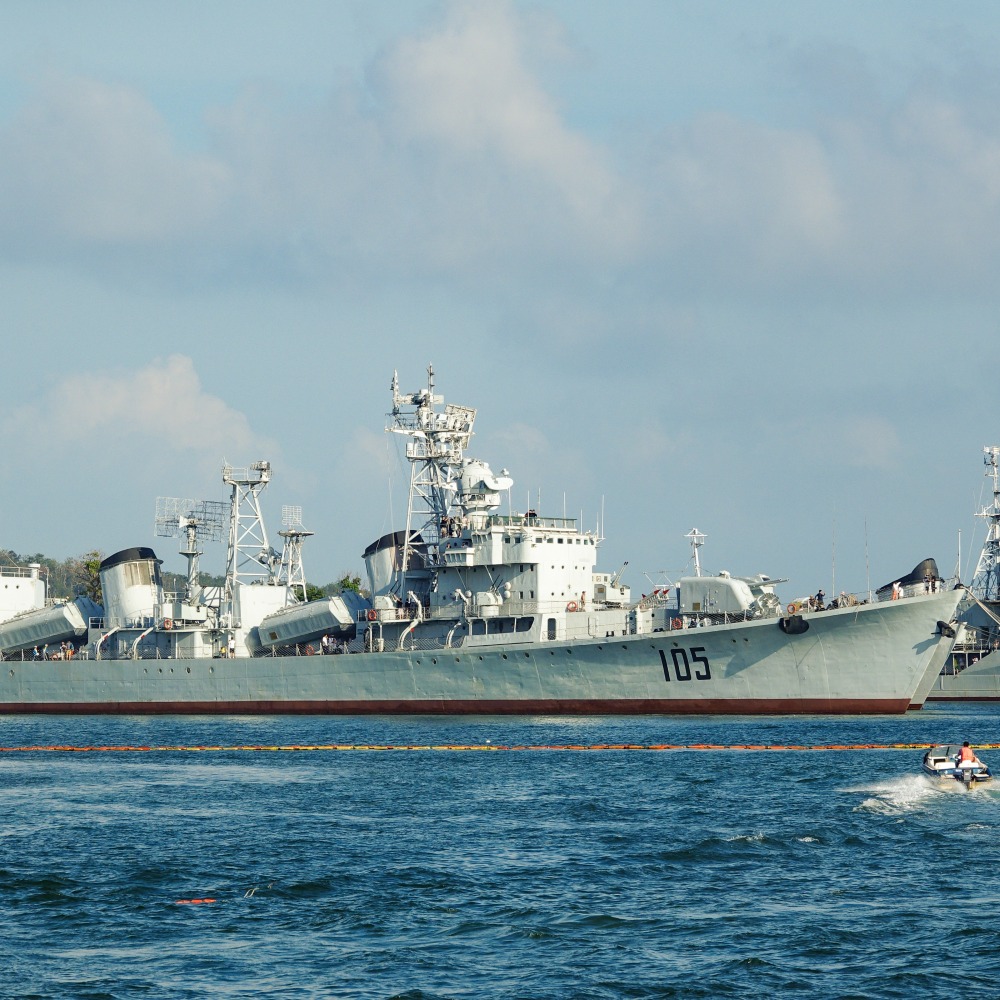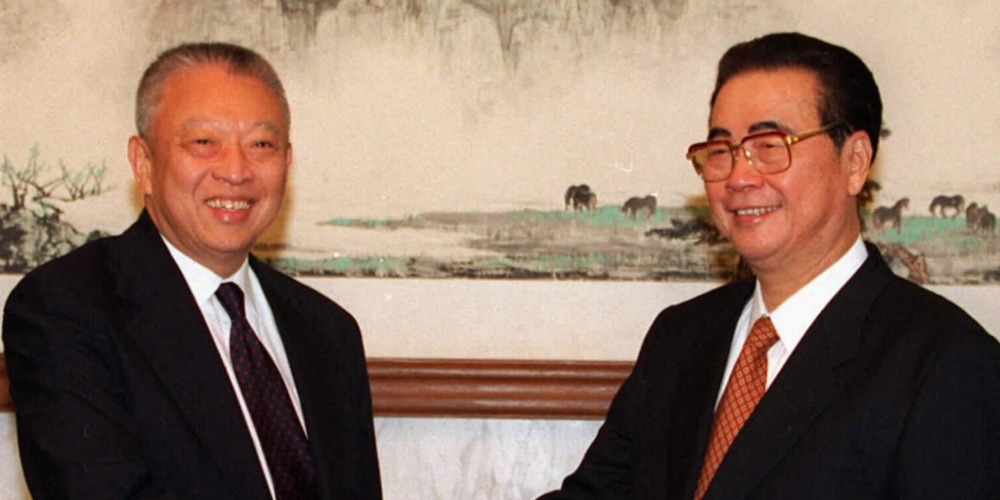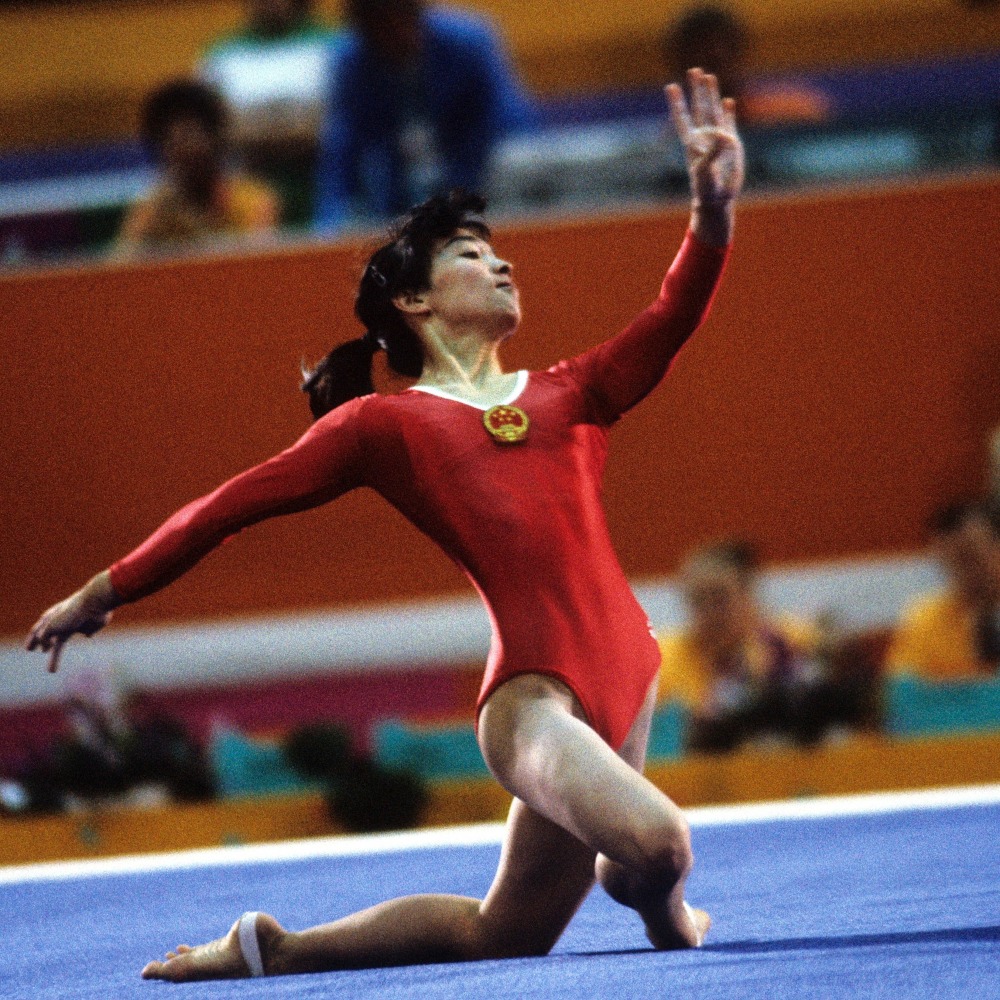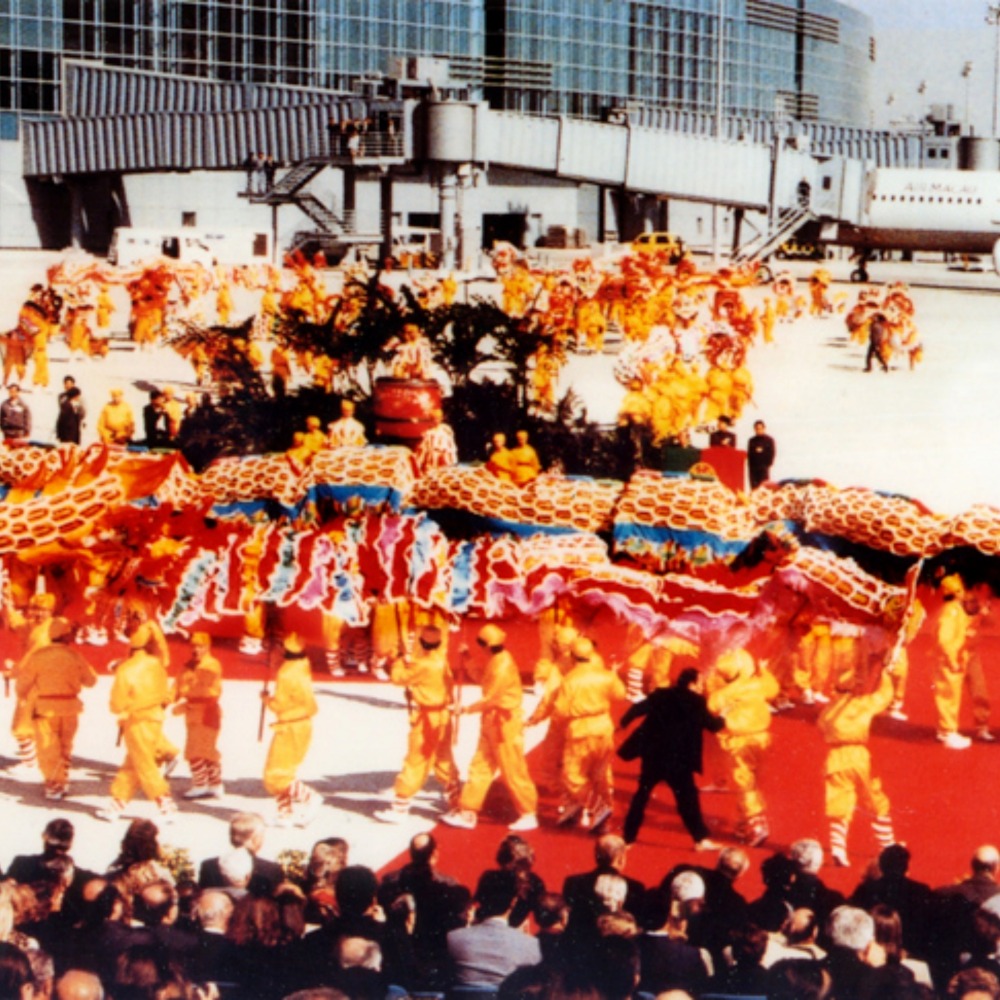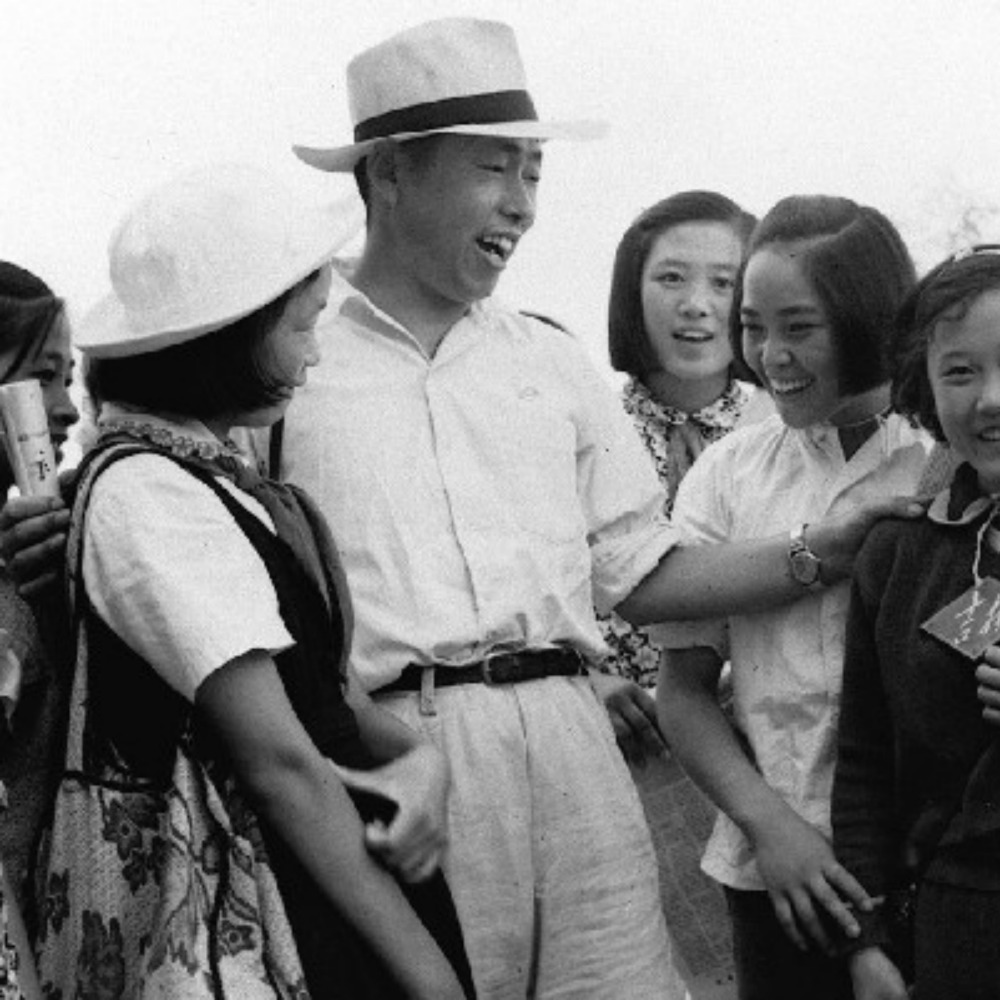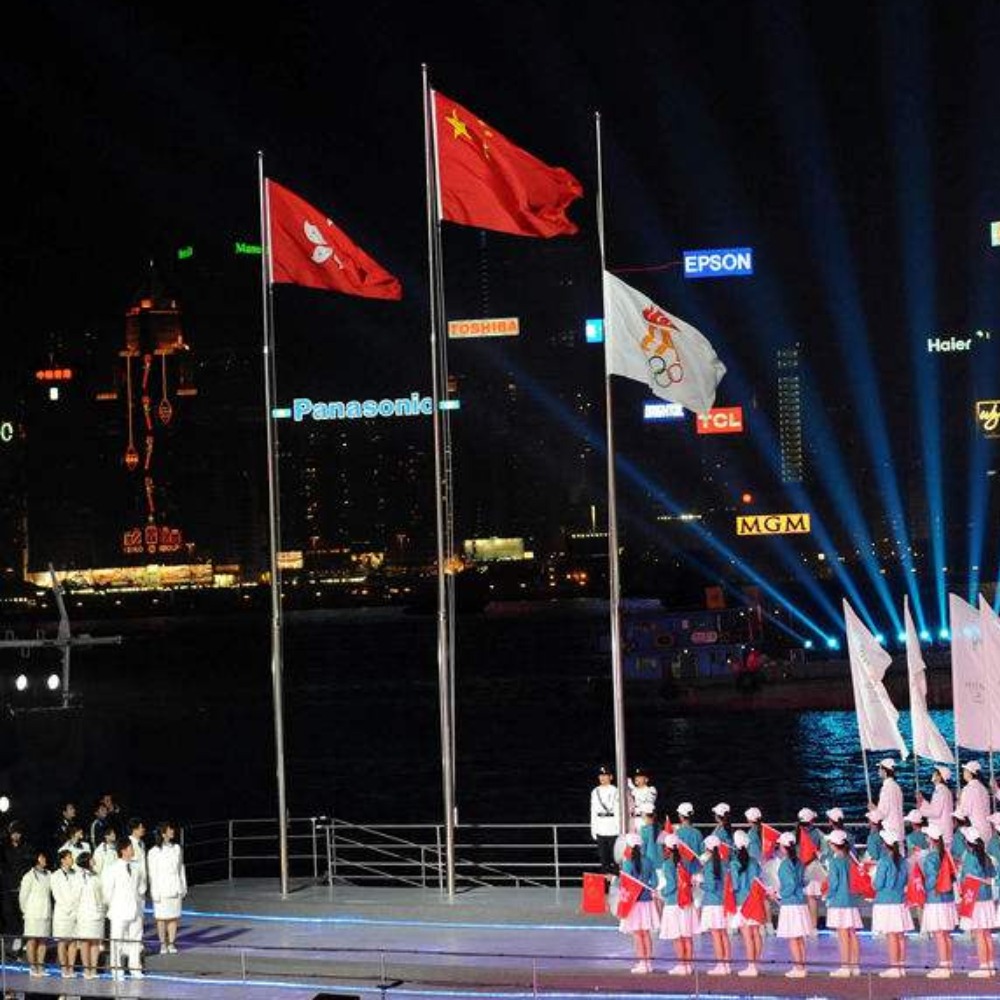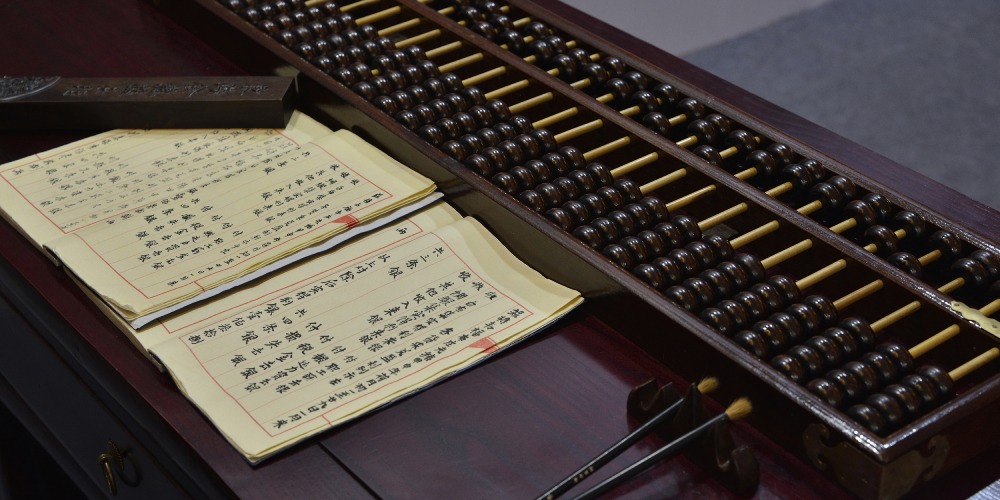Published : 2025-01-24
The Yun-7 (運-7) is the medium and short-range passenger aircraft that China successfully developed for the first time. It was officially delivered to the civil aviation department on January 24, 1984, and was formally integrated into passenger flights on May 1, 1986.
The Yun-7 was produced by Xi'an Aircraft Industrial Corporation, reverse-engineered from the Soviet Antonov-26 transport aircraft. It can carry 48 passengers, with a speed of up to 460 kilometres per hour and a maximum range of 1,900 kilometres.
The development of the Yun-7 began in May 1966.
At that time, with the full cooperation of more than 300 scientific research and production units all over the country, a design team of more than 300 people from Xi'an 172 Factory (today's AVIC West Aviation Group) and 603 Institute (today's 603 Institute of China Academy of Aeronautical Research) succeeded in completing all the designs and putting them into trial production in March 1968.
After the birth of the first Yun-7 prototype, the maiden test flight was conducted on December 26, 1970.
By 1980, researchers completed the demonstration, design, production, and certification test flights of the WJ5A-1 high-power engine replacement, increasing the equivalent power of single-engine take-off from 1,875.5 kw (2,550 horsepower) to 2,133 kw (2,900 horsepower).
During the 16 years of Yun-7 research and development, there were two prototype productions, two full aircraft static tests, one fuselage fatigue test, four flight tests, and 55 test flights nationwide.
Finally, on July 30, 1982, the committee officially approved the design of the Yun-7 and agreed to its mass production.
With the advent of the Yun-7, China's civil aviation history of entirely using foreign passenger aircrafts came to an end.
Moreover, with this successful development, a whole set of theories and processes for aircraft design and manufacturing had been worked out, providing valuable experience for the future development of Chinese aircraft.
